Chinese Drywall
Although there have been reports of potential health hazards associated with the gas, there have been no clinical diagnoses confirming that an imminent or chronic health hazard exists at this time. Consequently, although long-term health hazards remain a concern at this time, the threat of property damage arising from Chinese Drywall has to be considered the biggest issue at this time.
As a result of the residential housing boom during (2004—2007), coupled with the rebuilding efforts after Hurricanes Katrina and Wilma, builders were forced to import a large amount of drywall, including drywall manufactured in China, which was cheaper than the domestically produced drywall. It is believed that approximately 550 million pounds of Chinese drywall have come into the United States since 2006.[1] Of this, approximately 60 million pounds of drywall came into New Orleans in 2006 – enough for over 1,000 homes at approximately 2,000 square feet to be completely outfitted with the tainted material. However, considering that many homes were likely constructed with a mixture of defective and non-defective drywall, the number of potential homes in need of remediation could be much higher. In Florida alone, it is estimated that over 35,000 homes contain the defective drywall. An additional 27 million pounds were purportedly shipped to Pascagoula, Mississippi.[2] Shipping records further indicated that Chinese drywall has been shipped to over a dozen other states, including New York, Texas, and California.[3] The estimated cost to remedy this mess is approximately one-third of a home’s total value.
Recently, the Florida Department of Health conducted an investigation of the chemical content of Chinese drywall, confirming that it emits an odor and sulphur gas when exposed to extreme heat and humidity.[4] Although there is no consensus as to why the Chinese drywall emits the corrosive off-gas, the two leading theories in circulation are (1) a sulfur vein was unknowingly struck during the mining of raw gypsum; or (2) Chinese manufacturers failed to properly “scrub” fly ash captured at coal-burning plants.
The Chinese drywall has become the subject of consumer complaints, government investigations, proposed legislation, and litigation.[5] To date, several federal class-action lawsuits have been filed in both Florida and Louisiana on behalf of homeowners. A federal class action on behalf of builders has also been filed in Florida. The most commonly named Chinese manufacturers are Knauf Plasterboard Tianjin Ltd. and Taian Taishan Plasterboard. In addition, importers and suppliers of the drywall have also been named as defendants. The consensus is that the class action suits on behalf of the homeowners will be consolidated and handled in either New Orleans or Miami. More recently, builders have been named as defendants in individual Florida state lawsuits and this trend may continue in both Florida and Louisiana.
The potential liability arising from the use of Chinese drywall in the United States could well stress the financial resources of builders, installers, and suppliers. It, therefore, follows that the builders’ and suppliers’ insurers will play a critical role in sorting through this litigation. Although the full extent of insurance coverage issues remains unknown, whether the defective drywall is a “covered loss” or is subject to one of the various coverage exclusions is bound to be one of the most contentious aspects of Chinese Drywall litigation.
Outside of the Court system, other avenues are being explored to deal with this problem. The Attorney General of Florida has begun a Criminal Probe into whether certain Chinese drywall suppliers engaged in deceptive sales or marketing practices.[6] Lawmakers in both Florida and Louisiana have begun to create legislation governing the use of Chinese drywall. For example, United States senators Mary Landrieu and Bill Nelson have introduced a resolution pressing the U.S. Consumer Product Safety Commission to recall Chinese-made drywall and temporarily ban imports of the building material.[7] In addition, Louisiana State Senator Julie Quinn has recently put forth legislation seeking to hold contractors, installers, and suppliers solidarily liable with the manufacturers. Because the problems from Chinese drywall are caused by humidity and extreme heat, the situation can be expected to worsen in the coming summer months.[8]
[1] Aaron Kessler, “Drywall problems may just be beginning.” http://www.heraldtribune.com/article/20090201/ARTICLE/902010371/0/API
[2] Id.
[3] Id.
[4] Paul Brinkmann, “State releases findings of drywall investigation.” http://southflorida.bizjournals.com/southflorida/stories/2009/03/23/daily5.html?ana=e_du_pap
[5] Fred J. Lotterhos, “Chinese Drywall: A Building Controversy.” http://hklaw.com/id24660/publicationid2630/returnid31/contentid54088/
[6] “Florida AG Conducting Criminal Probe of Chinese Drywall Mess.” http://www.newsinferno.com/archives/5261
[7] Allison Ross, “Sens. Nelson, Landrieu call for recall, temporary ban on Chinese drywall imports.” http://www.palmbeachpost.com/business/content/business/epaper/2009/03/30/drywallbrief30.html
[8] Brian Skoloff, “AP IMPACT: Chinese drywall poses potential risks.” http://news.yahoo.com/s/ap/20090411/ap_on_bi_ge/chinese_drywall

